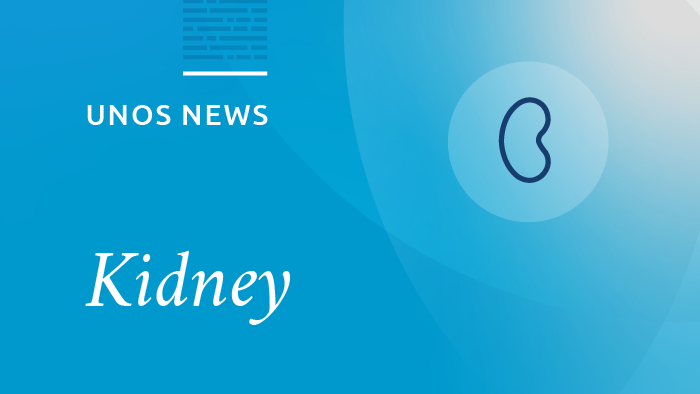Research has shown that since the implementation of the kidney allocation system (KAS), candidates listed as eligible for non-A1/non-A1B to B transplantation have been transplanted at a rate three times faster than that of type B candidates not listed as eligible for such offers. Yet many transplant programs either have not listed any eligible candidates for non-A1/non-A1B offers or are just now beginning to consider how to evaluate and list them.
A new educational video in UNOS Connect features the experiences of two transplant programs, one that has performed non-A1, non-A1B transplants since KAS was implemented and another that began listing candidates in 2016. Both have currently experienced 100 percent graft survival in recipients transplanted under the matching procedure. “There have been a lot of myths about it… but we have come to understand those concerns are unwarranted,” said Smyrna Hatfield, R.N., B.S.N., CCTC, a clinical transplant coordinator at St. Vincent Hospital and Health Care and one of the interviewees.
The video, available in the Quality section of UNOS Connect, addresses how the two transplant programs have addressed issues including protocols for candidate selection and education. It also offers “lessons learned” to help other transplant programs prepare efficiently to provide this transplant opportunity.
The video is a supplement to a guidance document, prepared by the OPTN/UNOS Minority Affairs Committee and approved by the OPTN/UNOS Board of Directors, which provides additional recommendations and perspectives on how to register eligible candidates to receive non-A1, non-A1B offers.

